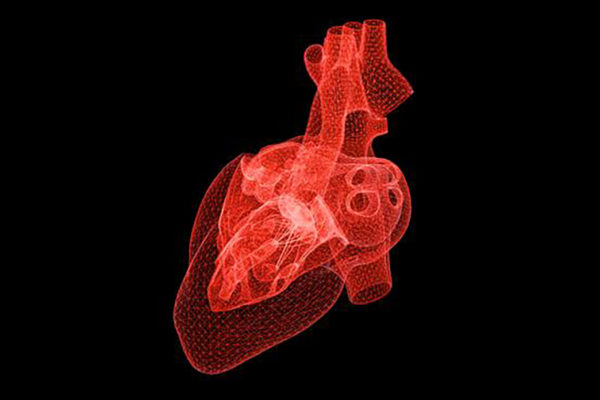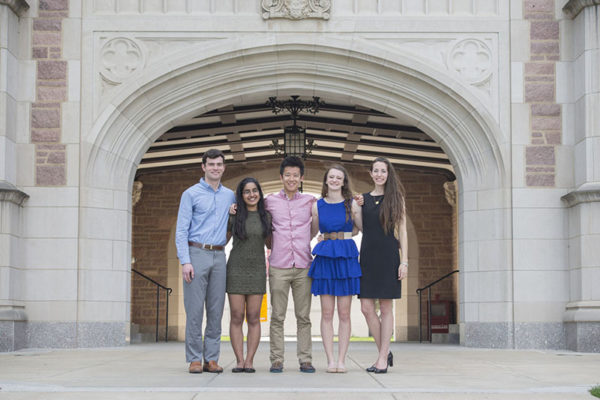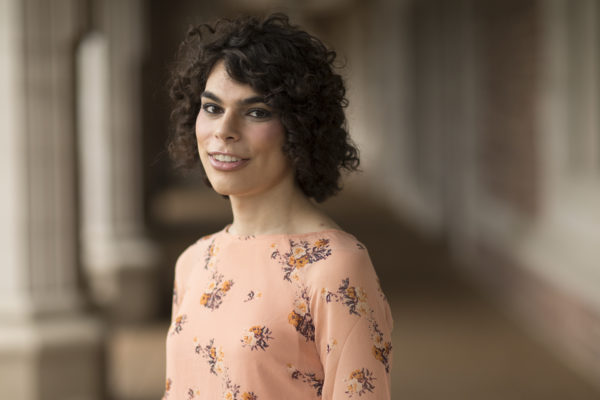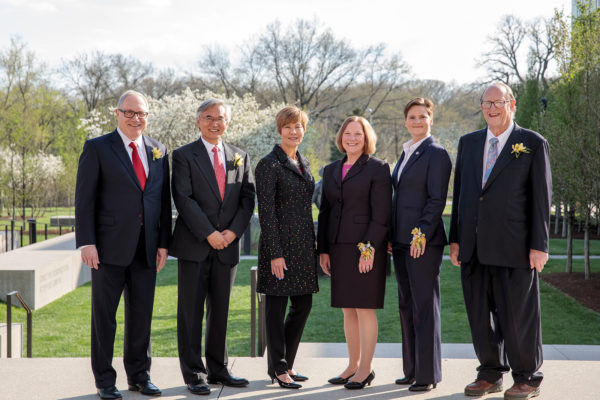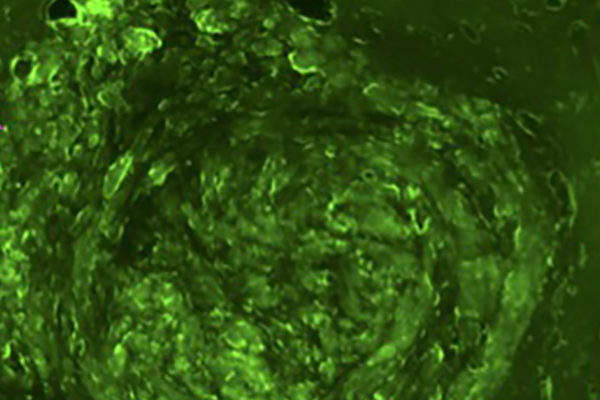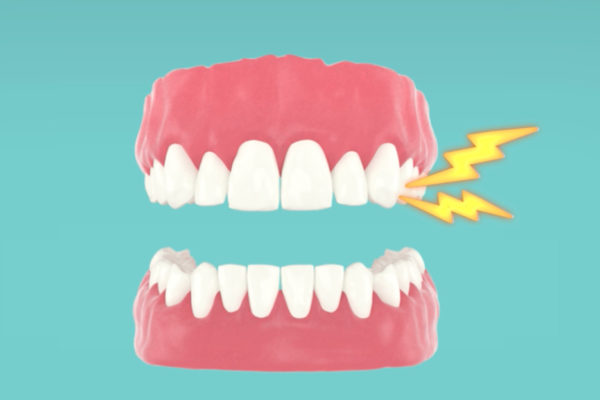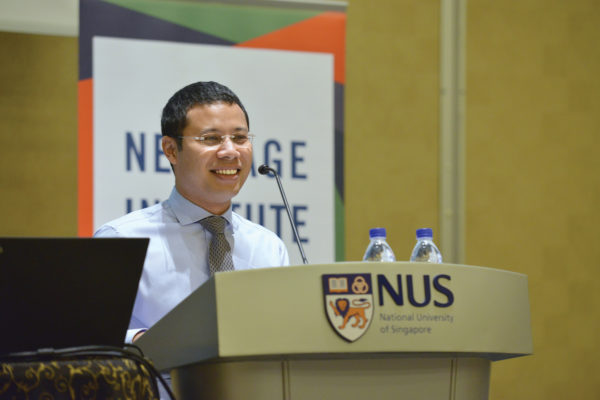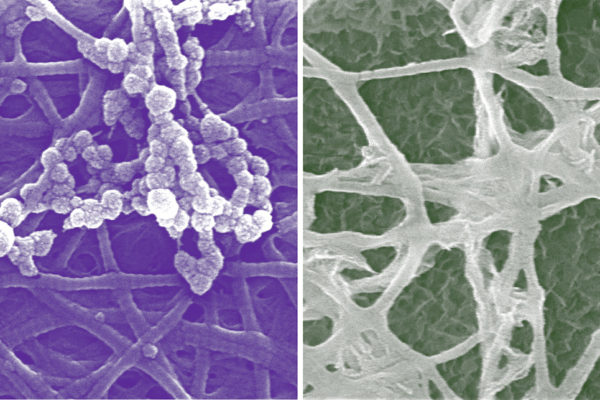An ‘unprecedented look’ into the protein behind hypertension, epilepsy and other conditions
The seemingly unrelated conditions of hypertension, epilepsy and overactive bladder may be linked by electrical activity in a protein long studied by a biomedical engineer at Washington University in St. Louis. After new technology recently revealed the structure of the protein, his lab will collaborate with two others to take an unprecedented look into its molecular mechanisms, potentially leading to the development of new drugs for these and other conditions.
Class Acts: Tackling the global clean water crisis
How five Langsdorf Scholars in the School of Engineering & Applied Science kept searching for an answer to an urgent global problem: clean water for children. Their project, WOOTA, draws moisture from the air and re-condenses it into drinking water. The prototype was recognized as the winner of the 2016 Discovery Competition.
Class Acts: Meeting the world where it’s at
Jessi Gray graduates this month with a degree in computer science from the School of Engineering & Applied Science and is one of four valedictorians. It’s an impressive achievement, but not the one that matters. After struggling with identity for years, Gray is proudly living her life as a transgender woman.
Six engineering alumni honored with achievement awards
Six alumni representing a wide range of careers in the field received Achievement Awards from the School of Engineering & Applied Science on April 26 at the Saint Louis Art Museum.
Class Acts: Studying the data
As a student, Channing Hunter has helped municipal leaders in inventory and understand carbon emissions data so they can launch policies that improve the environment, human health and the economy. “It all starts with the data,” Hunter says.
Noninvasive brain tumor biopsy on the horizon
Taking a biopsy of a brain tumor is a complicated and invasive surgical process, but a team of researchers at Washington University in St. Louis is developing a way that allows them to detect tumor biomarkers through a simple blood test.
Using tooth sensors to detect disease
An interdisciplinary team of researchers from the School of Medicine and the School of Engineering & Applied Science is redefining the notion of a wisdom tooth. The team is developing technology that could someday be used to detect early signs of certain diseases in high-risk patients.
Back to the beginning
As scientists try to find therapy options to fight back and neck pain, considerable interest exists in harnessing stem cells to restore nucleus pulposus, the chief material in discs. Previous research shows human induced pluripotent stem cells (hiPSCs) can express markers for a wide variety of cells, including those that secrete NP. A collaborative team of scientists at Washington University has developed a new process to generate NP-like cells from hiPSCs.
A partnership for well-being
Washington University and the National University of Singapore partnered to present a multi-day symposia, “University Partnerships for Innovation: Advancing Human Well-Being.”
New cellular insights in bone development
Most of us don’t think about our teeth and bones until one aches or breaks. A team of engineers at Washington University in St. Louis looked deep within collagen fibers to see how the body forms new bone and teeth, seeking insights into faster bone healing and new biomaterials.
View More Stories
